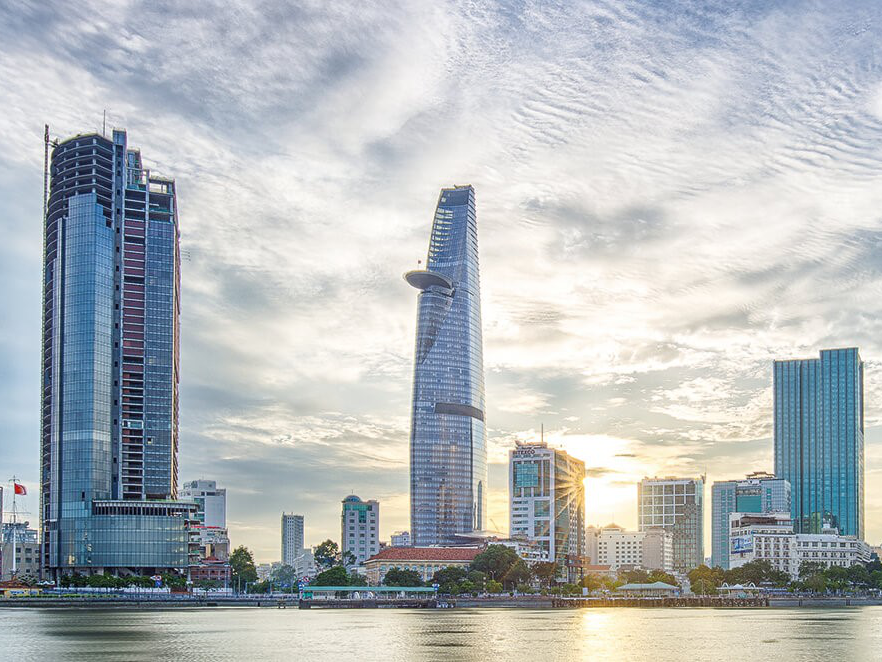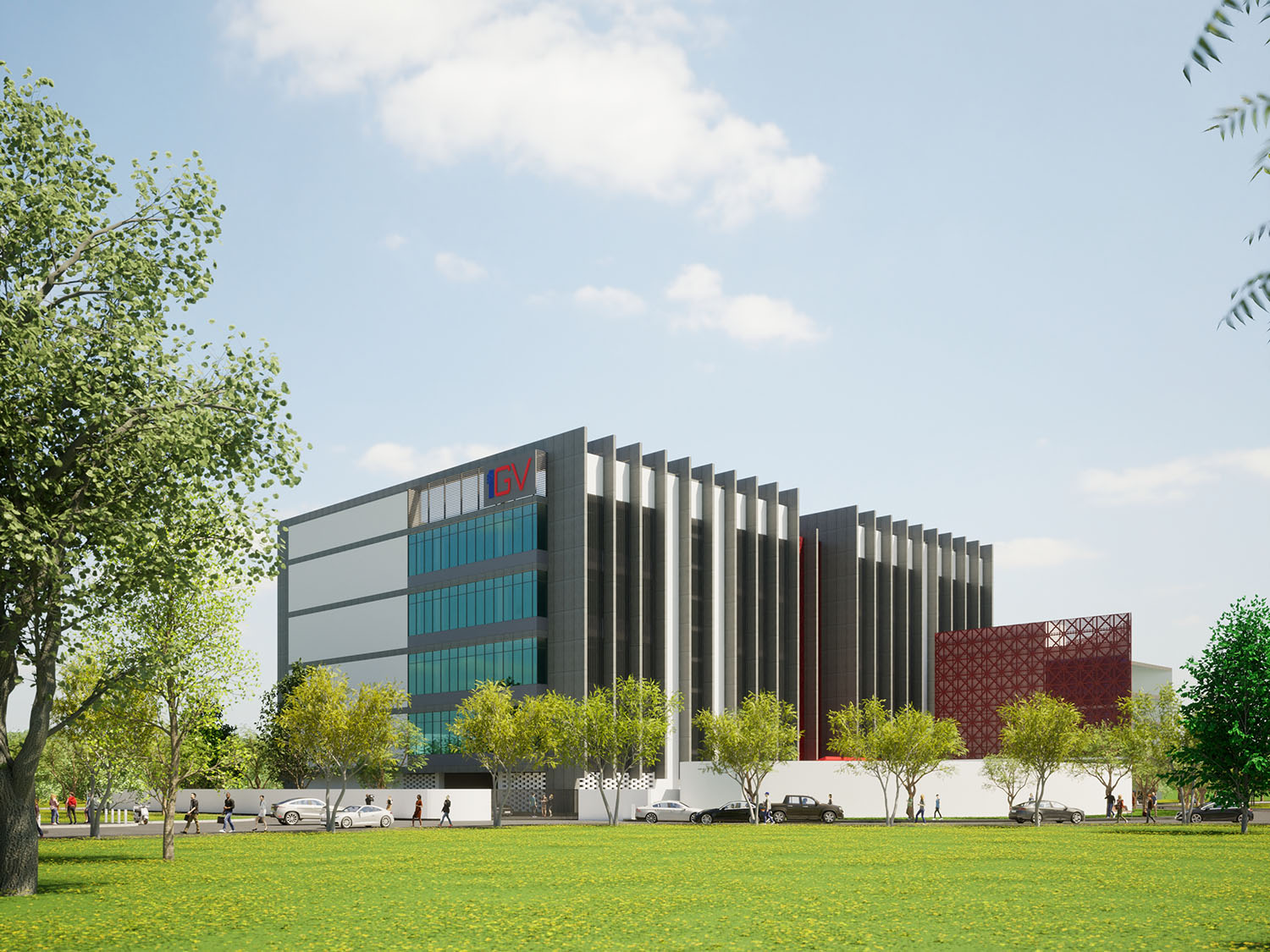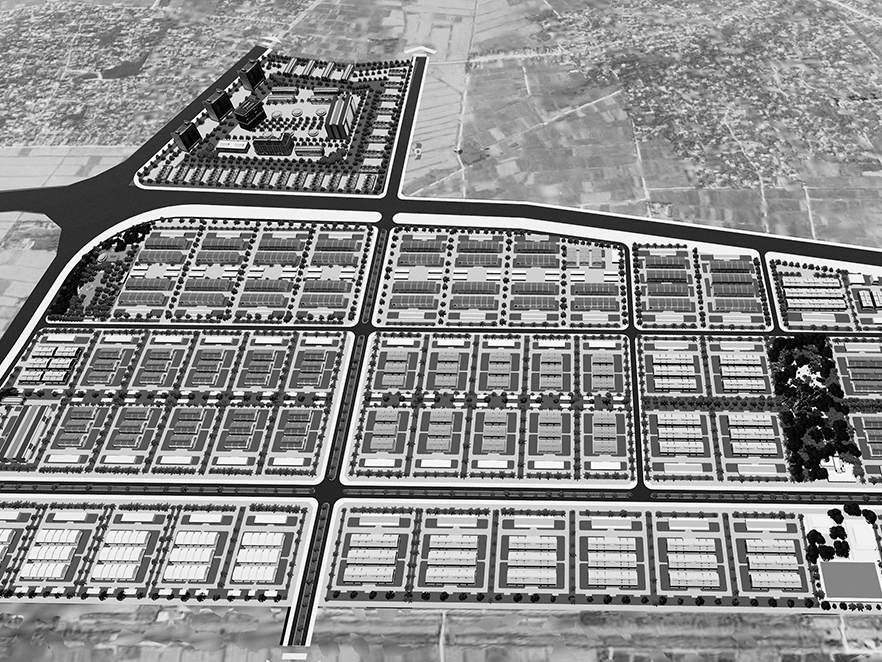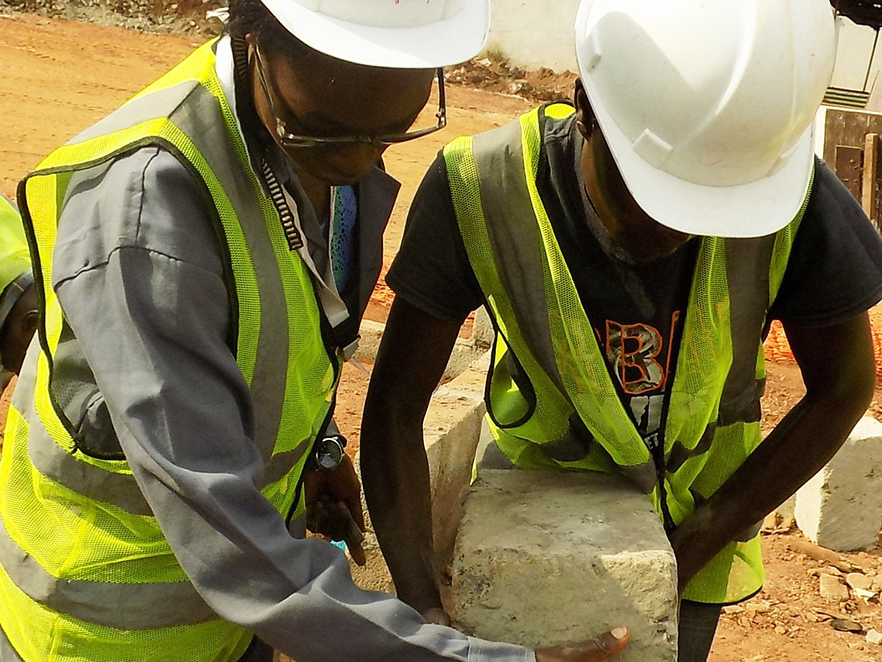Vietnam’s real estate market has demonstrated solid fundamentals after recovering from the 2014 downturn. Demand has been good with strong take-ups and robust price increases across all sectors.
In Ho Chi Minh City, the economic centre of Vietnam, the residential, office and retail sectors recorded close to full take-ups, with prices and rents on consistent uptrend over the last five years (Exhibits 1 and 2).
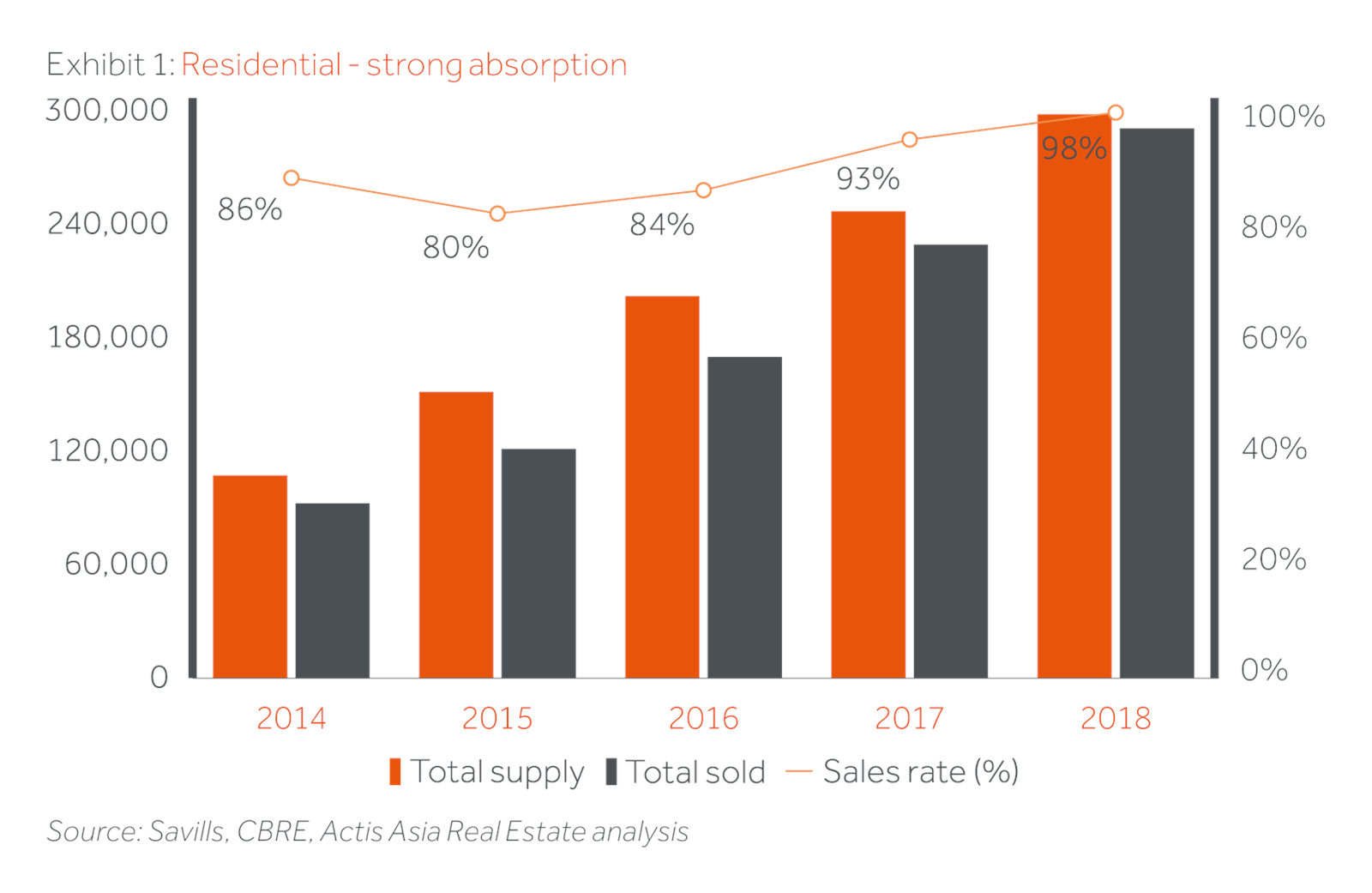
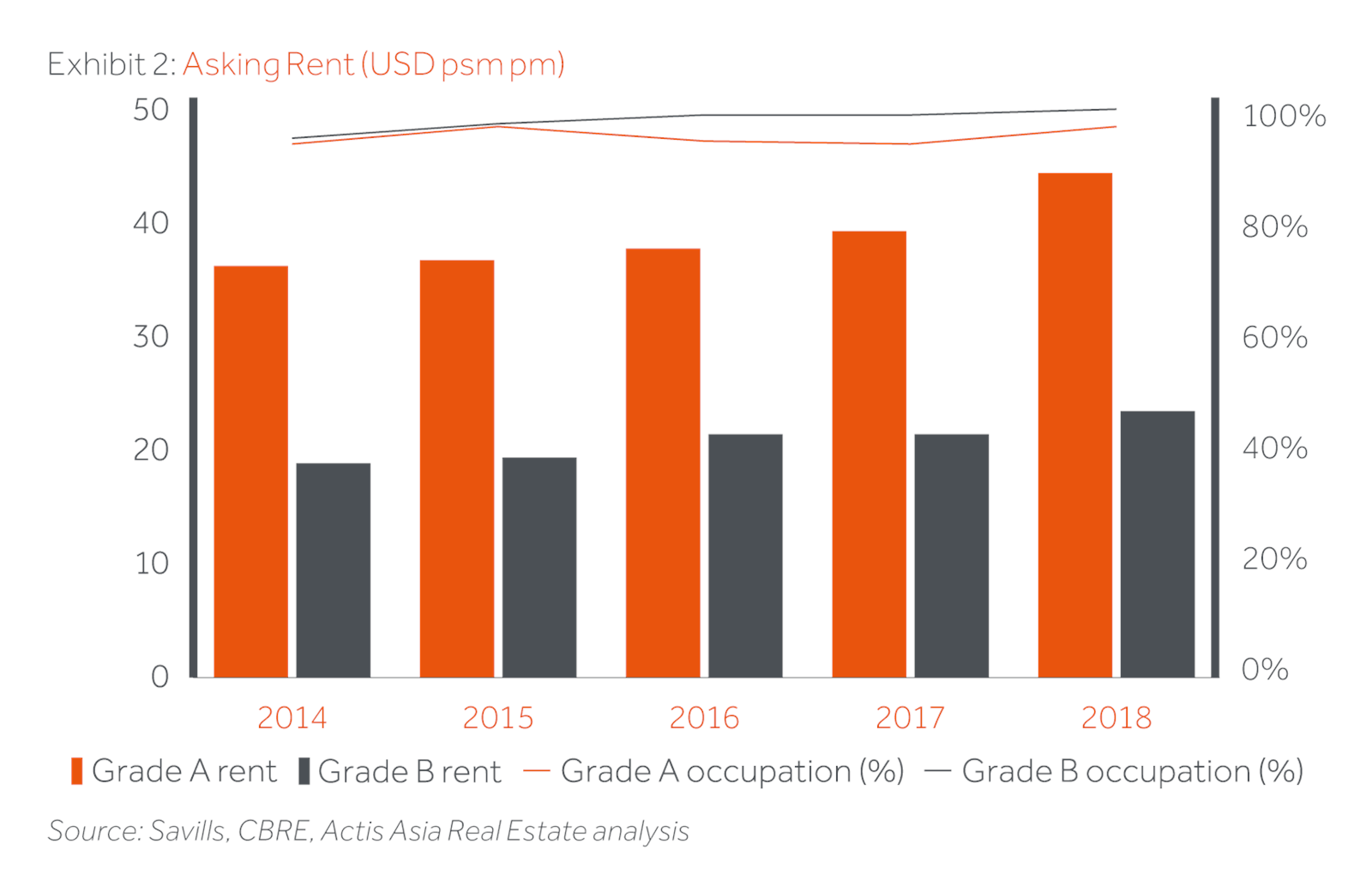
The Vietnamese real estate market has gone through three cycles since opening up in 1987. Easy bank credit and speculative demand were the main drivers of previous upswings in 2000-2002 and 2007-2009, which resulted in painful corrections when the government tightened monetary policy. Today’s market seems more sustainable due to several factors. First, higher income and better access to mortgages at lower interest rates have significantly improved affordability; enabling the middle class to own a home without government subsidy. Second, developers who have survived the last downturns are now more prudent and realistic – they target fundamental demand. For illustration, the percentage of new supply for grade C apartments, the most affordable category, increased from 36% in 2015 to 58% in 2018.
Total grade C apartments sold increased almost three times in the same period. Finally, learning from past mistakes, the government also introduced new policies and regulations to safeguard the property market. Capitalisation requirements have been increased to deter incompetent developers, buyers’ protection with mandatory bank guarantee has been raised and real estate credit directed to serve end-users demand.
While performance has been upbeat across all sectors, the most compelling investment opportunities lie in serving the expanding middle class. Our research identifies pent-up demand for workforce housing, which we define as apartments that are affordable to the 50th to 70th percentile of the population by income. Supply in this segment is now close to full take-up after taking into account projects under construction. Middle-income retail is also an important theme in targeting the increasing purchasing power of the middle class, which has driven retail sales growth averaging 11% p.a. over the last five years. Just as vital, real estate for logistics is a major theme benefiting from the conjunction of high economic growth, e-commerce proliferation, and the relocation of more manufacturing facilities and/or supply chain to Vietnam.
Although Vietnam’s real estate market offers many good opportunities, there are also challenges. First, the process of land acquisition and securing project approvals is cumbersome and time-consuming. Second, major infrastructure projects, such as roads and bridges, are usually behind schedule, hampering projects that rely on them. Working with competent and credible local partners is crucial to acquiring land with clean titles at fair values and effectively navigating the relationship with local government.
